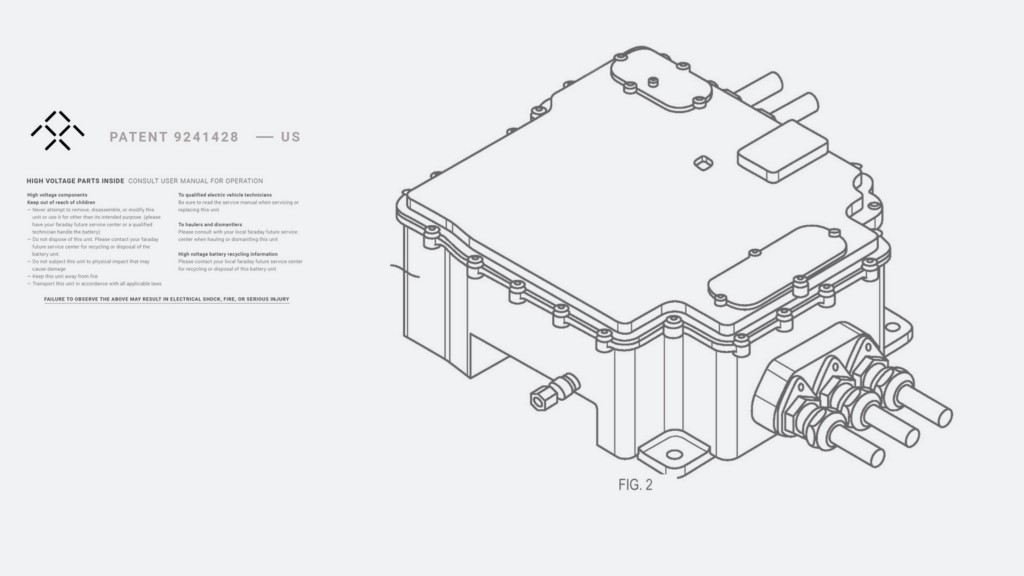There is a new normal emerging that has people focused on efficiency and conserving what they have. From conserving food and everyday consumables to conserving energy. There is also a new appreciation for having clean air and clear skies. This all bodes well for the future of electric vehicles; especially those vehicles that make the most efficient use of materials and energy. The Faraday Future inverter that converts DC battery power to AC motor power is an example of making efficient use of materials since it is one of the most powerful and compact electric vehicle inverters.
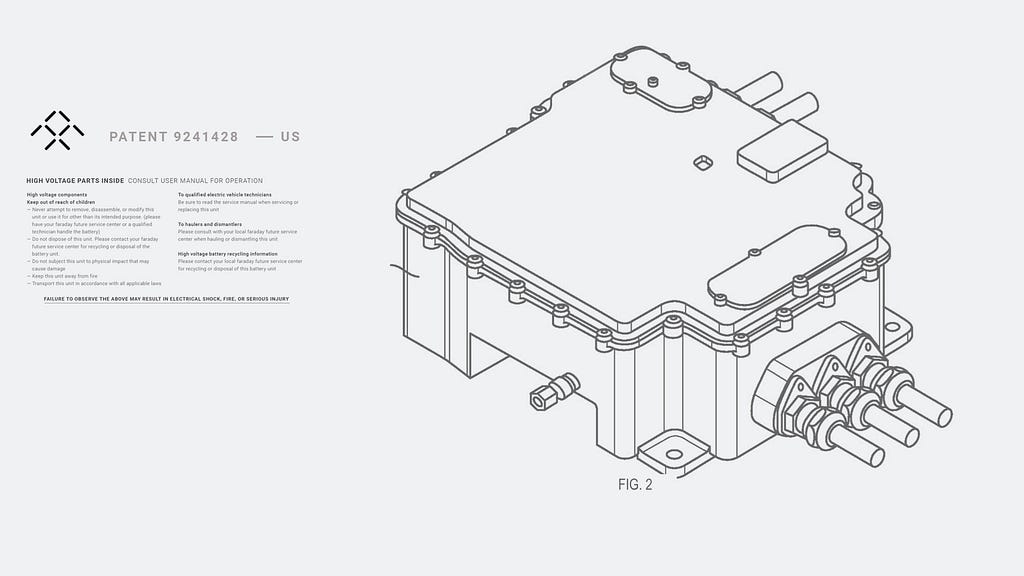
For the last 25 years, I’ve been working to develop inverters for electric vehicles that are smaller, lighter and lower cost. We used to say that our goal should be to make electric vehicle power electronics that are smaller than a spark plug, lighter than air and cheaper than dirt. Well, we’re not able to do that, but we have made great progress in developing inverters that are considerably smaller, lighter and lower cost than previous generations. We also used to say that there was a kind of “Moore’s Law” for inverter technology development so that each new generation of inverter technology could provide significant improvements in size, weight and cost.
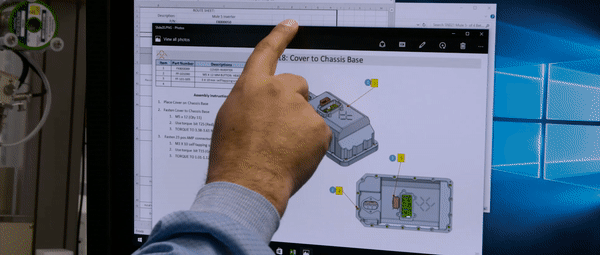
Faraday Future has developed a new generation of compact, lightweight inverters providing 850 Amps rms of AC current from a patented design that mounts directly to a high-power motor providing up to 350 hp (261 kW). The small but mighty inverter is a compact 8 liters and weighs in at 8 kg. Combined with the motor, gearbox and parking pawl system, the single drive unit weighs 93 kg giving a power-to-weight ratio of 2.8 kW/kg. The dual drive unit provides up to 700 hp (522 kW) and weighs 145 kg giving a power-to-weight ratio of 3.6 kW/kg. These small but mighty drive units provide some of the highest power-to-ratios in the world.

The Faraday Future inverter uses two parallel high power 6-pack IGBT power modules with on-die temperature and current sensing, allowing the IGBTs to operate at peak power capability and eliminating premature de-rating of phase current. To ensure reliability at these high power levels, the advanced IGBT power modules employ robust high current connections without bond wires and have built-in intelligent fault monitoring capability.
The FF inverter also makes use of integrated high voltage bus filtering of differential and common modes that provides excellent electro-magnetic compatibility (EMC) performance and a custom capacitor assembly integrating thin film differential and common mode components with very low inductance and excellent heat removal capability. The capacitor’s low inductance and heat rejection capability are important enablers for the inverter’s high power output.
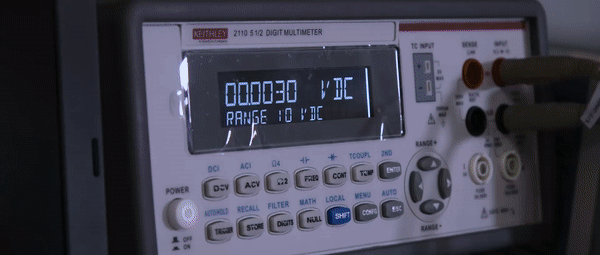
With three of these motor inverter units in the FF 91, there can be 1,050 hp available to the driver. The integrated high-power inverter and motor drive units provide instant torque and acceleration that can put a smile on your face. You can feel good when you decelerate with regenerative braking since the inverter is converting AC motor power from the vehicle’s kinetic energy into DC power to charge the battery and not wasting that energy with friction braking. Capturing vehicle kinetic energy with the inverter’s efficient regen power conversion increases your vehicle’s range and that can also put a smile on your face.
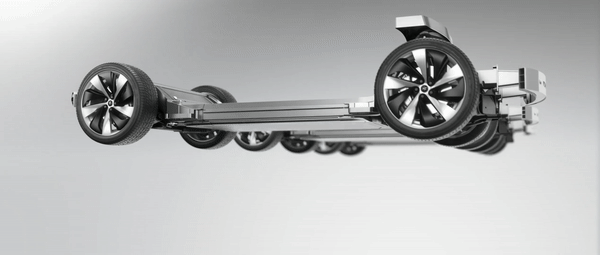
In these times of conserving materials and maximizing energy conservation, the Faraday Future inverter makes the most of its small but mighty size. And in the FF 91 vehicle, the inverter is doing its part by providing high-efficiency electric drive power to help keep our air clean and skies blue.
About the Author
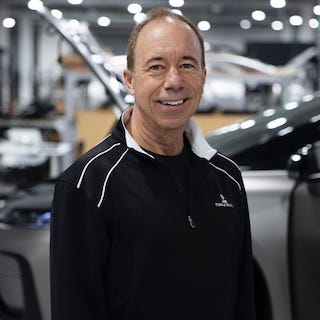
Mark Selogie is FF’s Senior Director of Propulsion and Electrical Engineering. His responsibilities include hardware and software development, integration and validation of Powertrain, Energy Storage & Charging, Thermal and Electrical components and systems. He has a Master’s degree in Electrical Engineering, holds 16 patents and has filed 11 invention disclosures at FF.
